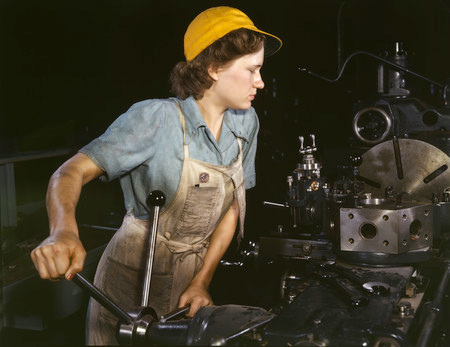
Labor Day, a national holiday celebrated in the U.S. the first Monday in September, evolved out of the labor movement from the late 1800s and exists to celebrate the social and economical accomplishments of American workers. It serves as an annual reminder of the astounding contribution workers have made to make our country strong and successful.
Sadly, the origins of Labor Day are not pretty. Men, women, and young children in the 1800s worked long hours in unsafe conditions for very little pay. An article from History.com reported, “On March 25, 1911, the Triangle Shirtwaist Company factory in New York City burned, killing 145 workers.” The tragic deaths of mostly young immigrant women could have been prevented had safety features not been neglected, including doors locked from the outside and faulty elevators. The events of the fire spotlighted the dangerous sweatshop conditions American workers faced, and made a way for laws and regulations to be established for child labor laws and better worker safety conditions.
It was not uncommon in 19th century America to hold parades, picnics, and other celebrations to bring awareness to labor issues. Unions — organized groups of workers — came together to benefit their members. Union members planned marches and assembled for protests to voice their need for better pay, fewer work hours, and safer working conditions.
Historians credit Labor Day becoming a national holiday to the parade of unions and a massive picnic that took place in New York City on Sept. 5, 1882. Unions in New York had joined forces with the Central Labor Union, and the idea for this big labor celebration came from this group. Many of the parade participants had to lose a day’s pay in order to take part. It is estimated that more than 10,000 people marched in the parade that day.
New York introduced the first state bill into legislature to declare Labor Day a state holiday celebrating workers. But, on Feb. 21, 1887, Oregon became the first state to pass such a law.
On Aug. 28, 1893, Sen. James Henderson Kyle of South Dakota introduced the 53rd Congress to S. 730, a bill making Labor Day a legal national holiday on the first Monday of September each year. It was approved the following year on June 28.
The original proposal outlined what Labor Day holidays should look like: a street parade to display the strength and spirit of the trade and labor organizations to the public followed by a celebration for the workers and their families. Not much later, prominent leaders began to give speeches emphasizing economic and civic significance for the holiday.
In the spirit of Service, Not Self, the mission of the American Legion Auxiliary is to support The American Legion and to honor the sacrifice of those who serve by enhancing the lives of our veterans, military, and their families, both at home and abroad. For God and Country, we advocate for veterans, educate our citizens, mentor youth, and promote patriotism, good citizenship, peace and security.